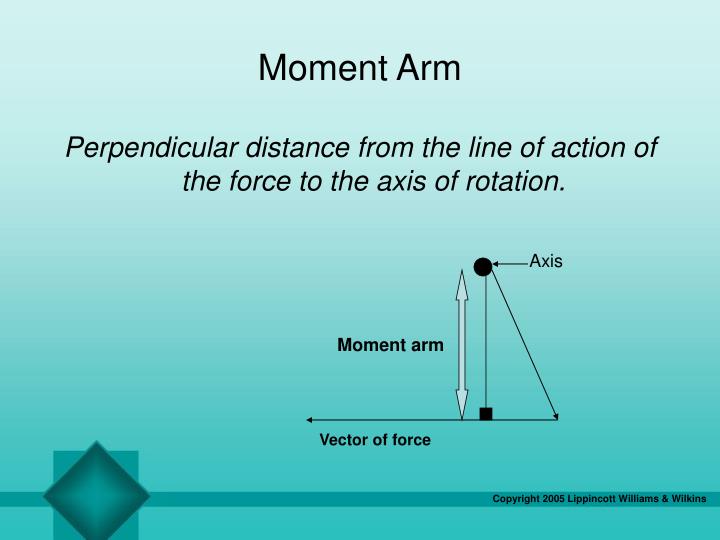


Maxwell, in his approach to the problem of finding a mathematical representation for the continuous transmission of electric and magnetic forces, considered these to be states of stress and strain in a mechanical aether. These features of Faraday's 'favourite notion' were not carried on. The specific features of Faraday's field concept, in its 'favourite' and most complete form, are that force is a substance, that it is the only substance and that all forces are interconvertible through various motions of the lines of force. Nersessian in her paper "Faraday's Field Concept" distinguishes between the ideas of Maxwell and Faraday: In Einstein's relativity, there is no ether, yet the physical reality of force is much weaker than in the theories of Faraday. Thomson) thought that light and electricity must propagate through an ether. Unlike Faraday, Maxwell and others (e.g., J.J. Nevertheless, Faraday's theory remains distinct. The theories and experimental data of later scientific figures such as Maxwell, Hertz, Einstein, and others are in agreement with the ramifications of Faraday's theory. His theory predicts that electricity, light, and gravity have finite propagation delays. Lines of force originated with Michael Faraday, whose theory holds that all of reality is made up of force itself. From the 20th century perspective, lines of force are energy linkages embedded in a 19th-century unified field theory that led to more mathematically and experimentally sophisticated concepts and theories, including Maxwell's equations, electromagnetic waves, and Einstein's relativity.

Thomson-similar to Maxwell-also calls them tubes of electrostatic inductance, or simply Faraday tubes. Thomson, Faraday usually discusses lines of force as chains of polarized particles in a dielectric, yet sometimes Faraday discusses them as having an existence all their own as in stretching across a vacuum. For the modern use of "lines of force" as a way to depict electromagnetic and other vector fields, see Field line.Ī line of force in Faraday's extended sense is synonymous with Maxwell's line of induction. This article is about "lines of force", as used in the early history and philosophy of electromagnetism.


 0 kommentar(er)
0 kommentar(er)
